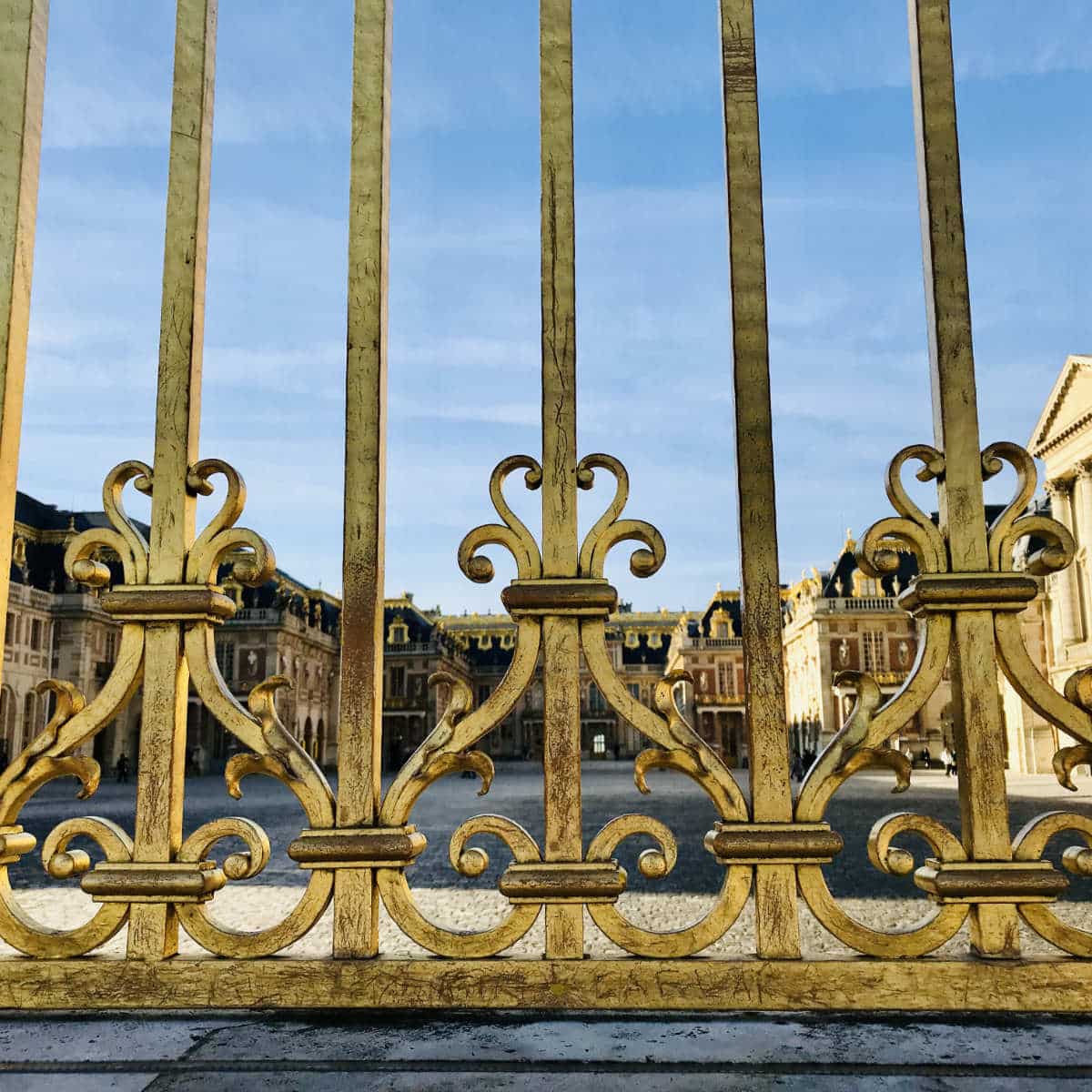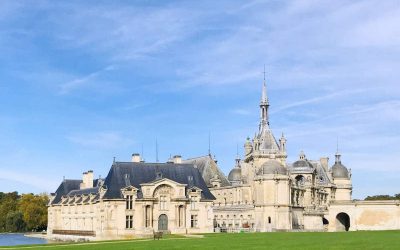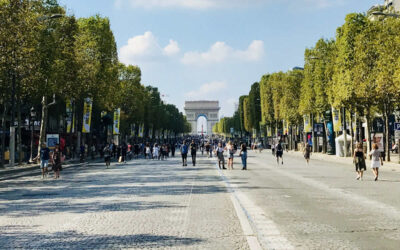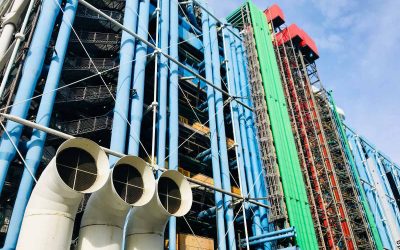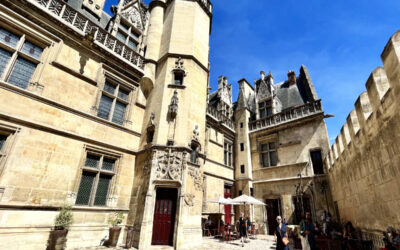France is home to the largest number of castles in the world, so you can imagine that there is no shortage of châteaux near Paris. From royal palaces to chateaux of the aristocracy, these personal residences have witnessed a lot of history.
Indeed, if you are looking for a day trip from Paris, with these many breathtakingly beautiful châteaux in the area, you will have a hard time narrowing things down! So let’s have a look at some of the most interesting and beautiful châteaux around Paris, shall we? Allons-y!
1. Château de Versailles
Any discussion of châteaux near Paris has to start at the Château de Versailles. The rise of the palace of the Sun King Louis XIV, followed by the eventual fall of his dynasty, the Palace of Versailles is a place filled with history and tinged with sadness.
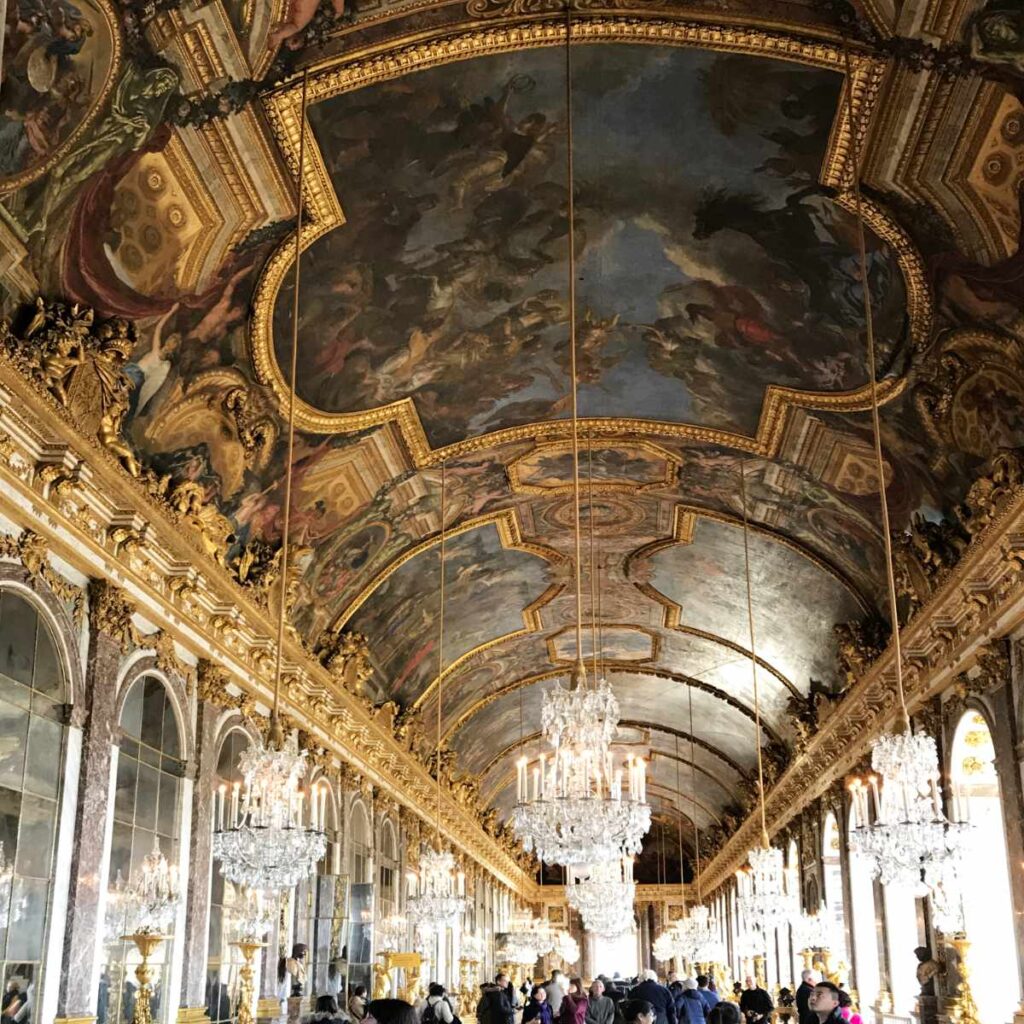
You can just imagine Queen Marie Antoinette walking through the famous Hall of Mirrors and the Petit Trianon, her private sanctuary.
The palace was ransacked during the French revolution, although many valuables were transferred to the Louvre Museum. Other royal property was sold at auction, where foreign kings and lords snapped it up.
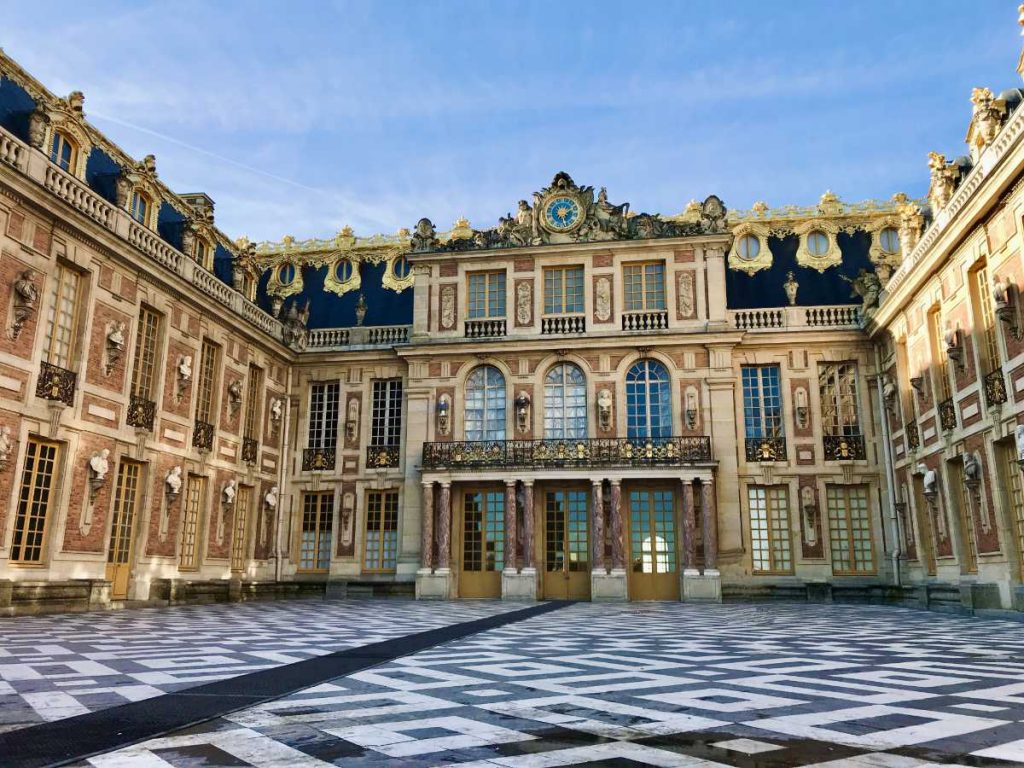
It was also overrun during both the 1871 Franco-Prussian war and WWII. Several international treaties were signed at the Palace, making it one of the most important buildings in France. Today, the Palace of Versailles is officially recognized on the UNESCO world heritage list.
Just outside the city, Versailles is a wonderful day trip from Paris. It does get quite crowded in the summer time though, so go early in the day to give yourself time to explore before the crowds arrive.
You can read more about visiting the Château de Versailles and its coach gallery here, and find tour companies to guide you through the palace in style.
2. Château de Fontainebleau
In the words of Napoleon Bonaparte, Château de Fontainebleau was “the true home of kings, the house of ages.” While the glamorous Château de Versailles was a bit of a party palace, Château de Fontainebleau was the original working Palace, constructed centuries earlier.
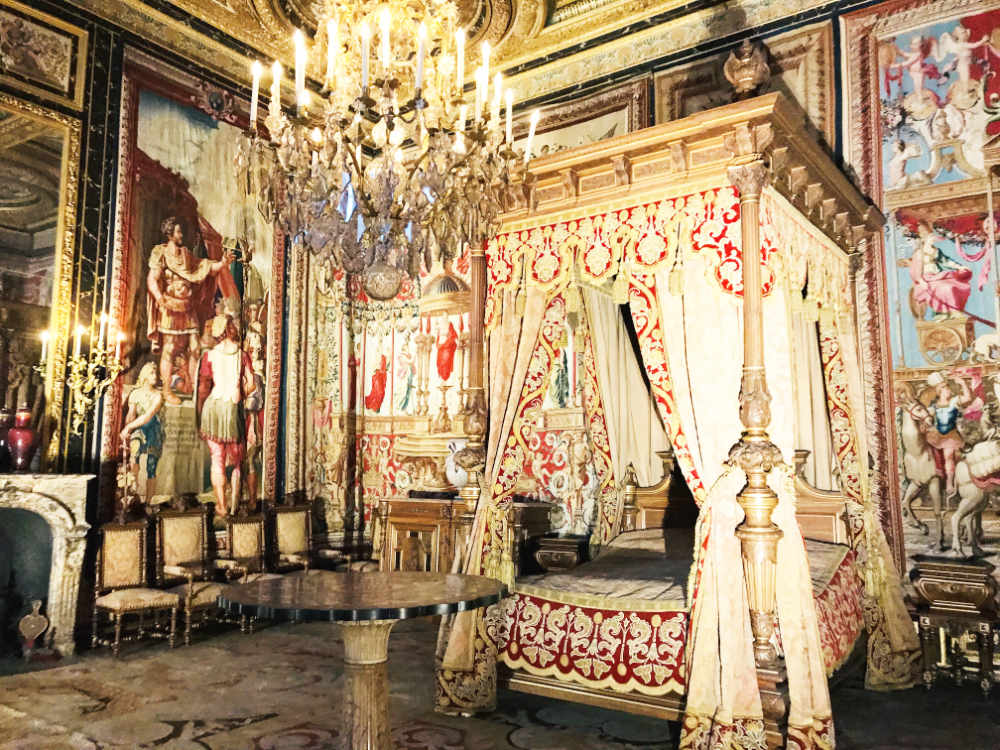
Further away from Paris than Versailles, Fontainebleau was originally constructed as a hunting lodge. Today it houses two exhibitions, both on larger-than-life French Kings: François I and Napoleon Bonaparte.
You can read more about Château de Fontainebleau here, and find recommended tours from Paris.
3. Château de Chantilly
Situated in the north of Paris, Château de Chantilly is an architectural marvel. It is actually built in the 11th century on marshland to protect the road to Senlis, the ancient royal city.
It was also the home of the son of the last King of France, Henri d’Orleans who dedicated his life to it restoring and preserving it.

Inside the Château is the 2nd largest collection of antique paintings in France, after the Louvre Museum in Paris. In addition, the Château’s library holds over 60,000 volumes, second only to the National Library of France.
Amongst its treasures are over 1,500 manuscripts and 17,500 printed documents on all sorts of subjects, dating from as early as the 11th century.
You can read more about visiting Château de Chantilly here and see tour and transportation options from Paris.
4. Château de Breteuil
Located in the southwest suburb of the Yvelines, outside of Paris, Château of Breteuil tries to entertain as well as provide a sense of history.
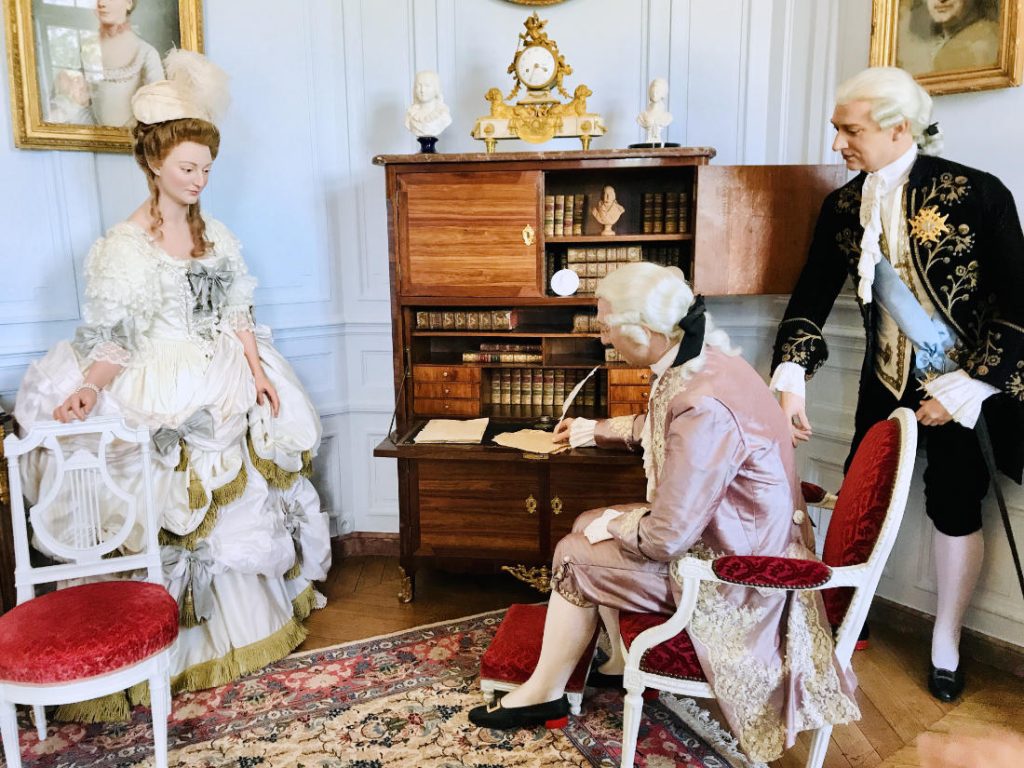
A privately owned castle, Château de Breteuil has adopted the theme of fairytales and put in place several wax figures and puppet shows showing daily life at the castle, as well as reenacting several famous children’s’ stories.
If you have small children, a visit to the château is a must. You can read more about visiting Château de Breteuil here.
5. Château de Vaux-le-Vicomte
The Château de Vaux-le-Vicomte is best known as the château that inspired the Palace of Versailles. When Sun King Louis XIV saw the house of his finance minister Nicolas Fouquet, he became so jealous he had Fouquet imprisoned and sequestered his château.
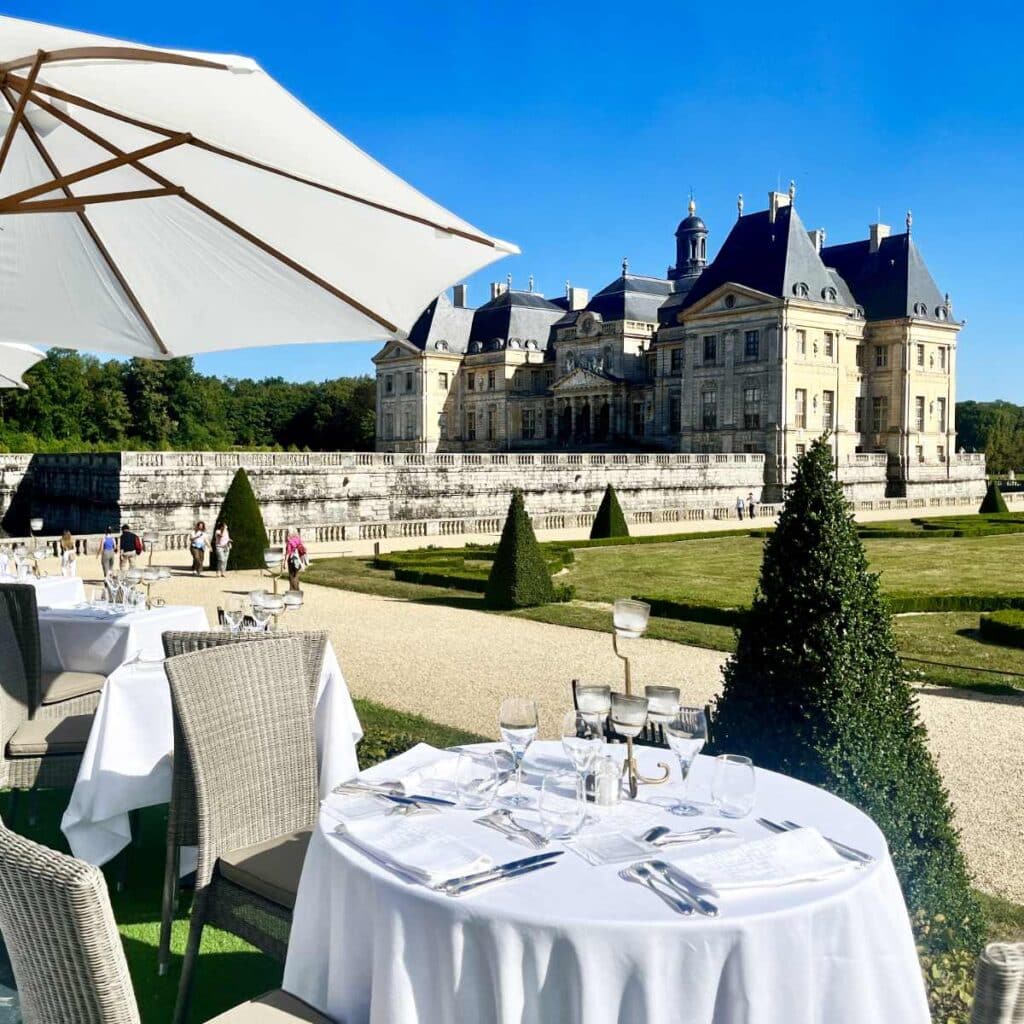
He then got the architects and workers who had worked on Vaux-le-Vicomte to go design his château at Versailles. Today, the Château Vaux-le-Vicomte remains an impressively beautiful château that has several events held here all year around.
During Christmas and Easter, the Château is sumptuously decorated for the holidays attracting visitors from all over France. In summertime, the grounds are lit up with candles and there are evening candle-lit dinners held for visitors along with a fireworks show.
In addition, there are period costumes available to rent for men, women, and children to dress up in as they tour the château and take pictures.
The easiest way to get to the Château is by guided tour. It is near the royal palace Château de Fontainebleau, so many tours combine the two. You can see the guided tours with transport here.
6. Château de Malmaison
When Napoleon Bonaparte met Joséphine de Beauharnais, he was madly in love. They soon got married and were very happy in their early years.
She purchased a small country house outside of Paris called Château Malmaison in 1799, while Napoleon, still only a general in the army, was off fighting in Egypt.
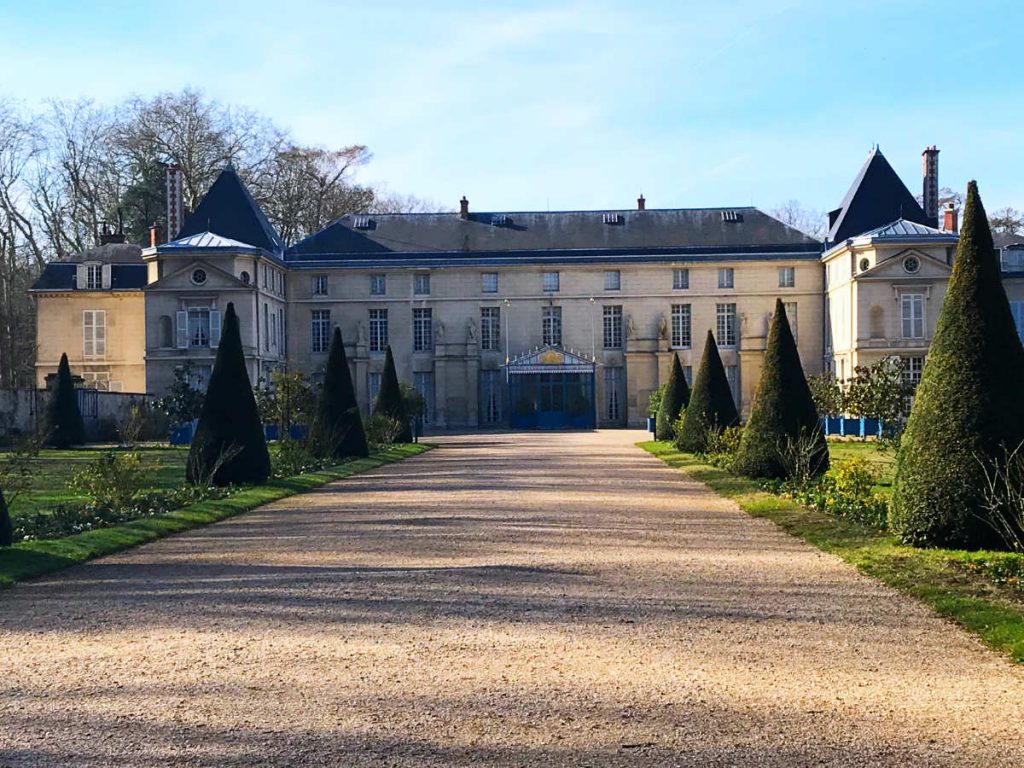
But Napoleon was not pleased. The property was far more than he wanted to spend. And plus it did not look like a house meant for royalty.
It was a home that she loved however, and Josephine’s daughter Hortense (from a previous marriage) would later say that it was their “delicious spot”. They would eventually visit less and less, as Napoleon declared himself Emperor and Josephine Empress.
Today, the museum holds a lot of personal items belonging to Napoleon and Josephine, tries to put a human face to the facts that we know from history. You can read more about visiting Château Malmaison here.
7. Château de Rambouillet
Located in the town of Rambouillet, in the Yvelines in the Île-de-France region, the Château de Rambouillet is not as famous as other royal castles around Paris.
It was a fortified manor dating back to the 14th century, owned through much of its history by various nobles and advisors to the French royal family.
As it happens, King François I died at the Château de Rambouillet, at the age of 52 in 1547, because he happened to be visiting there to hunt at his Captain of the Bodyguards who owned the château at the time.
It only became a royal château in 1783, when king Louis XVI bought it as private property from his cousin. Queen Marie-Antoinette, who accompanied her husband on a visit in November 1783, is said to have exclaimed: “How could I live in such a gothic toadhouse!”

In order to convince his wife to like his new acquisition, Louis XVI commissioned the construction of the renowned Laiterie de la Reine (meaning “the Queen’s dairy”), where the buckets were of Sèvres porcelain, and painted and grained to imitate wood.
It was taken over by the state during the French Revolution. Between 1896 and 2009, it was the summer residence of the Presidents of the French Republic, a respite from Paris and the Palais de l’Elysées.
These days, the Château de Rambouillet is open to visitors, with the Laiterie de la Reine being among its most popular attractions.
8. Château de Monte Cristo
The Château de Monte Cristo is not a royal castle, but a small château constructed by one of France’s most famous writers, Alexandre Dumas.
After the immense success of his novels Three Musketeers and the Count de Monte Cristo, Dumas decided to build himself a home.
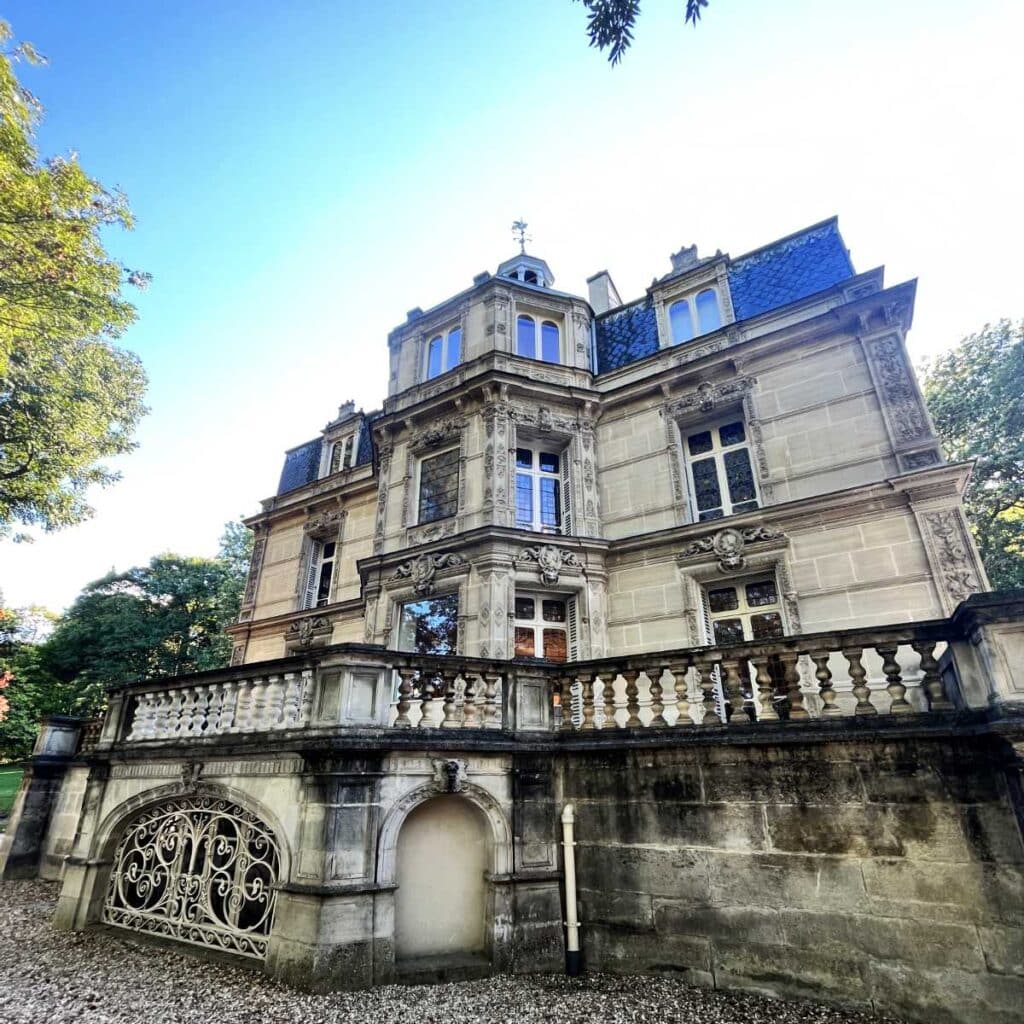
He started looking for a house in the countryside, and fell in love with the area of Port Marly, near the historical Saint-Germain-en-Laye area outside of Paris.
Upon finding a hillside with a beautiful view, Dumas had a large château constructed to his tastes. He named it the Château de Monte Cristo after his successful novel. The fantastically decorated and themed château is open to visitors all year around, although it is closed at times for special events.
9. Château de Vincennes
Located on metro line 1 on the edge of Paris is the Château de Vincennes. It is a former fortress and royal residence in the eastern of the city, alongside the Bois de Vincennes.
In the early Middle ages, this was the preferred royal residence, after the Palais de la Cité in the middle of Paris. Because of its fortifications, the château was often used for military purposes and even a prison.
Prisoners included the future King Henry IV, Nicolas Fouquet (from Vaux le Vicomte), and the writer Denis Diderot. The Marquis de Sade was also held there from 1777 to 1784, before being moved to the prison at Bastille.
It was occupied by German forces during WWII and damaged as they withdrew, setting off bombs. In 1948 the Chateau became the headquarters of France’s Defence Historical Service to keep military records and maintain a museum.
Inside the Château, you can also find the Sainte-Chapelle de Vincennes, the royal chapel of the residence, was built on the model of the Sainte Chapelle in Paris, though this chapel has a single level, rather than two.

If you enjoyed that article, you may like to read about more things to do in Paris. A bientôt!
